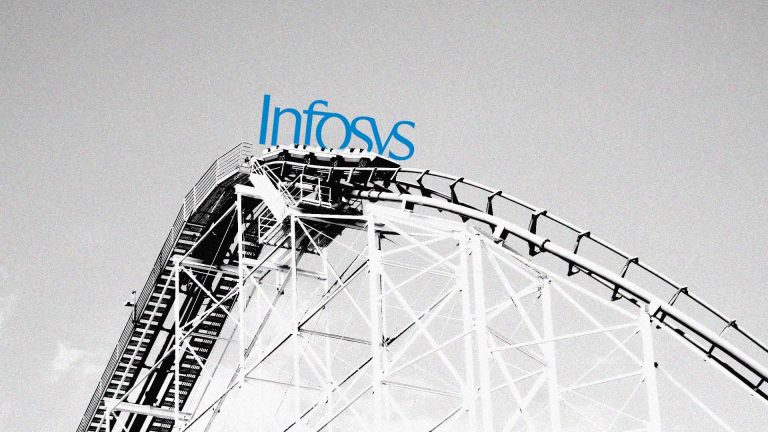Employee attrition is predictable under stable circumstances, wherein a set pattern can be deduced from certain parameters influencing the employee and the organization at all times. Some of these parameters could be foreseeable such as retirement age or unforeseeable such as company performance, external funding, management shakeup etc.
However, who is going to leave, when and why, can be answered based on analytical models developed as a result of data analysis.
Predictive Attrition Model – it’s all about the parameters
Through predictive algorithms, companies gain better understanding and can undertake preventive measures for employee attrition.
On a basic level, the model works by clustering/ classifying employee profiles based on various attributes such as age, sex, marital status, education level, work experience, distance from hometown, etc. and generates various levels of risk of attrition. Occasionally, other parameters like performance over the years, pay raise, work batch, educational institution are also taken into consideration.
However, the accuracy of the model is directly proportional to the selection of parameters, which in turn, leads to the generation of the ‘type’ of predictive model most suitable for the organisation.
Creating the Model
Various statistical and machine learning algorithms are designed to construct the predictive models. For instance, ‘classification’ models catalog the employees based on their risk to leave the company; whereas ‘non-linear regression’ model gives the ‘probability of attrition’ when the outcomes are dichotomous.
Likewise, ‘decision trees’ model evaluate loss based on factors like gini index, information gain and variation reduction. For models involving multiple parameters, the decision trees tend to become very large and complex.
In such circumstances, ‘Random Forest’ method combines several decision trees using multiple algorithms to classify and understand complexities and predictions. Besides, these models aim to provide good predictability. However, seamless implementation depends on choosing the right model.
Thus, different models are chosen based on the aforementioned parameters, data availability, budget, computational power and the requirements of decision makers. For example, in one organisation, a model using artificial neural network may provide better predictability than a decision tree model, but a decision tree model may be easier to understand and implement at a lower cost.
Thus, depending on the organizational contexts, different models have to be tried and evaluated before making the final selection.
Output
The output depends on the chosen model. For instance, ‘logistic model’ produces scorecards for employees based on their predicted ‘attrition risk’ parameters; while the classification model catalogues the employees into wider parameters, such as-more likely or less likely to quit, high risk or low risk, etc.
However, the bottom line is to keep it simple enough for HR managers to understand and implement accordingly. Changing the various factors help in assessing the impact of changes and making the right decisions.
Benefits of Predictive Attrition Model
This model is helpful while making the following decisions:
- Evaluation of employee requirements, their strengths and weaknesses
- Minimize cost of new talent acquisition based on the employee profiling and company requirements
- Analysis and assessment of the loss in expertise and skillsets
- Measurement of financial and productivity loss due to attrition
- Able to plan and minimize the loss
- Provides good understanding of workforce supply and demand
- Able to prepare contingency plans based on the insight and foresight provided by the model
Conclusion
Predictive Attrition Model helps in not only taking preventive measures but also into making better hiring decisions. Deriving trends in the candidate’s performance out of past data is important in order to predict the future trends, as well as to board new employees. Moreover, HR can use the employee data to predict attrition, the possible reasons behind it and can take appropriate measures to prevent it.
We live in a data-driven world – from something as trivial as weather updates to complexity behind GPS navigations, data is constantly being generated every second in every field, which leaves us to decide how to turn it around for our advantage in our respective domains.
















































































